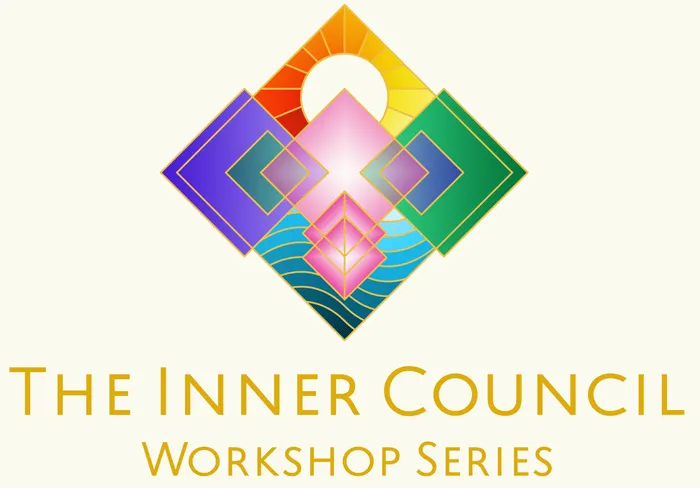Every relationship carries a world within it. Between two people—or across a family—there are histories, hopes, wounds, patterns, dreams, reactions, and unspoken expectations that shape how they meet each other each day. When things go well, relationships feel like places of warmth and belonging. But when difficult moments arise, the emotional landscape can become confusing and overwhelming. Couples and families often find themselves repeating the same arguments, retreating into silence, or losing sight of the closeness they once knew.
Why a Containing Structure Is Needed
Most people were never taught how to hold emotional truth safely with another person. They know how to feel, and they know how to talk, but they don’t know how to create the kind of container where emotional intensity can be understood rather than feared. Without that structure, even small misunderstandings can ignite old wounds, and even strong relationships can struggle to stay connected.
Introducing the Threefold Hearth
The Threefold Hearth is a relational framework designed to bring clarity to these moments. It offers a simple yet profound way to understand emotional experience—not through psychological jargon or complex techniques, but through a universal structure rooted in human history: the fire at the centre, the hearth that contains it, and the horizon that gives direction and meaning to the bond. This model provides couples and families with a shared language and a lived practice for navigating conflict, deepening intimacy, and building a future together with intention.
The Three Circles of the Model: Fire, Hearth, Horizon
In every relationship, whether between partners or within a family, there is an emotional ecosystem at work. Conversations, conflicts, shared dreams, unspoken expectations and long-carried wounds all interact in subtle ways. The Threefold Hearth is a model designed to bring clarity and structure to this complexity. It helps couples and families understand where their emotional experience belongs, how to create safety around it, and how to orient their shared life with intention.
At the centre of this model is the Fire. This is the emotional self: tender, reactive, intuitive, ancient, innocent. It includes the inner child, the younger parts of the psyche and the raw truth of feeling. The Fire is the source of warmth and vitality in any relationship. It is also the place where individuals are most vulnerable. When the Fire is exposed without protection, couples find themselves overwhelmed, defensive or caught in repeating patterns they can’t explain. The Fire is sacred, but it must be contained.
Around this centre is the Hearth. This is the relational field where conversations actually happen—the place where two people meet, speak, listen and attempt to understand each other. The Hearth is a conscious space, not the automatic back-and-forth of daily communication. It is the space couples enter when something important is happening emotionally, when the Fire has been touched and needs to be witnessed with care. The Hearth is not where feelings are acted out, nor is it where solutions are forced. It is a slow, steady, compassionate space where emotional truth can be described rather than discharged. When couples learn to sit “around the fire” rather than inside it, they discover the possibility of connection in even the most difficult moments.
Surrounding both the Fire and the Hearth is the Horizon—the shared vision that gives meaning to the relationship. The Horizon is the field of direction: the values partners hold together, the dreams they nurture and the life they are building. It is not a rigid plan or list of goals. It is the sense of purpose that makes the relationship feel like a living story instead of a series of disconnected emotional events. When couples have a clear Horizon, their emotional work gains context. They tend the Fire not just to stop conflict, but because they are creating something together that deserves care. Without a shared vision, emotional work can become heavy or circular. With one, it becomes purposeful.
These three circles—Fire, Hearth, Horizon—form a complete relational system. The Fire offers authenticity and emotional depth. The Hearth offers safety and containment. The Horizon offers meaning and direction. When all three are respected, couples feel more stable, more connected and more capable of facing challenges. They stop collapsing into the past or spiralling into future fears and begin to meet each other in the present with clarity.
Why This Model Works So Well
The Threefold Hearth is particularly suited for relationships where one or both partners experience emotional intensity, childhood trauma or high sensitivity. It allows families to navigate conflict without slipping into chaos or shutdown. It provides a structure for blended families, co-parenting pairs, long-term partners and even creative or business partners who share a life and vision. The model does not require partners to become emotionally perfect. It asks only that they know which circle they are in, and that they honour the rhythm between emotional truth, relational safety and shared purpose.
The power of this approach is its simplicity. Couples don’t need psychological jargon or complex tools. They need a way to know when the Fire has been lit, a way to build a Hearth around it and a way to remember that they are walking toward the same Horizon. When these three layers work together, relationships deepen, heal and evolve in ways that feel both grounded and alive.

